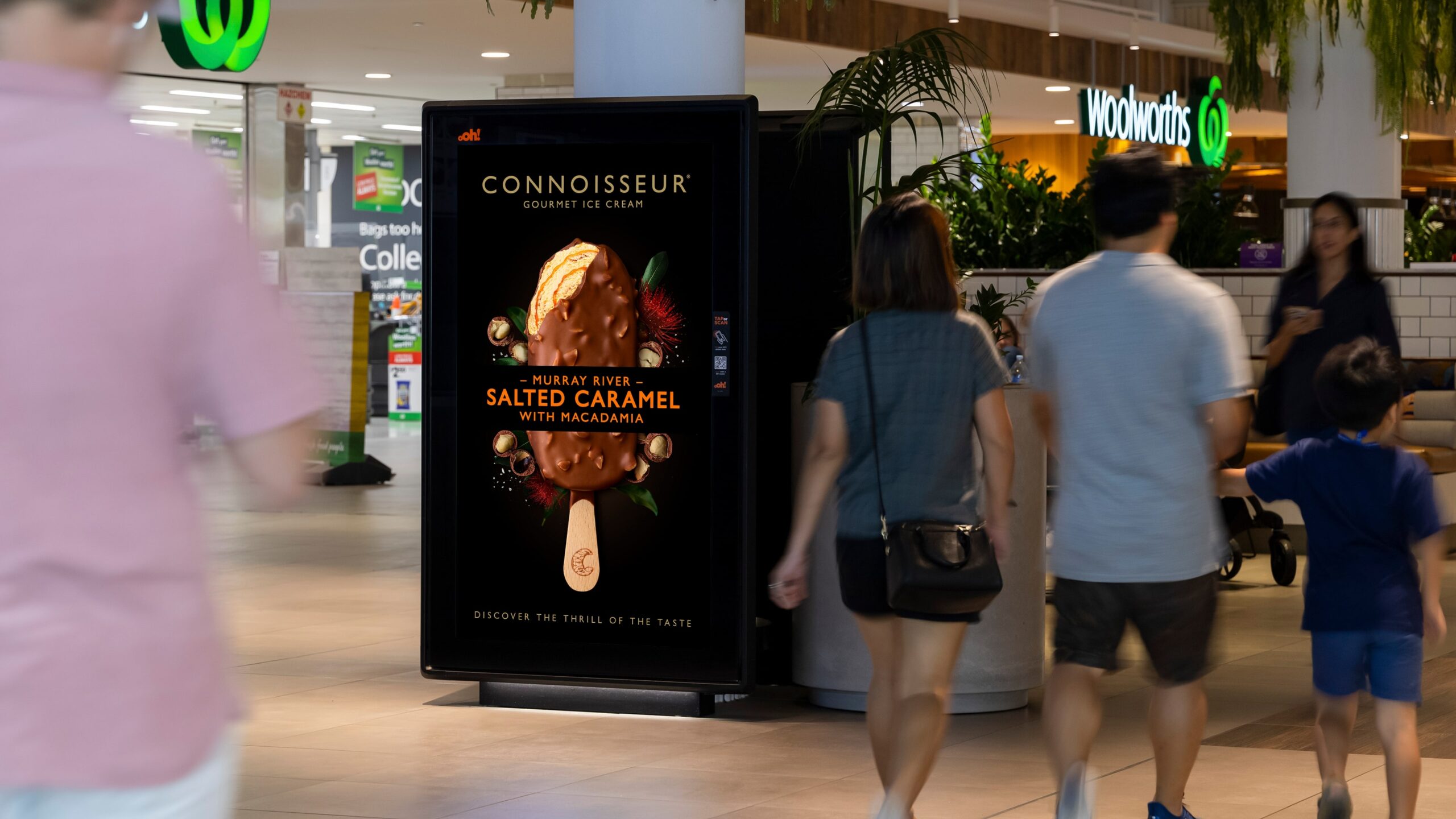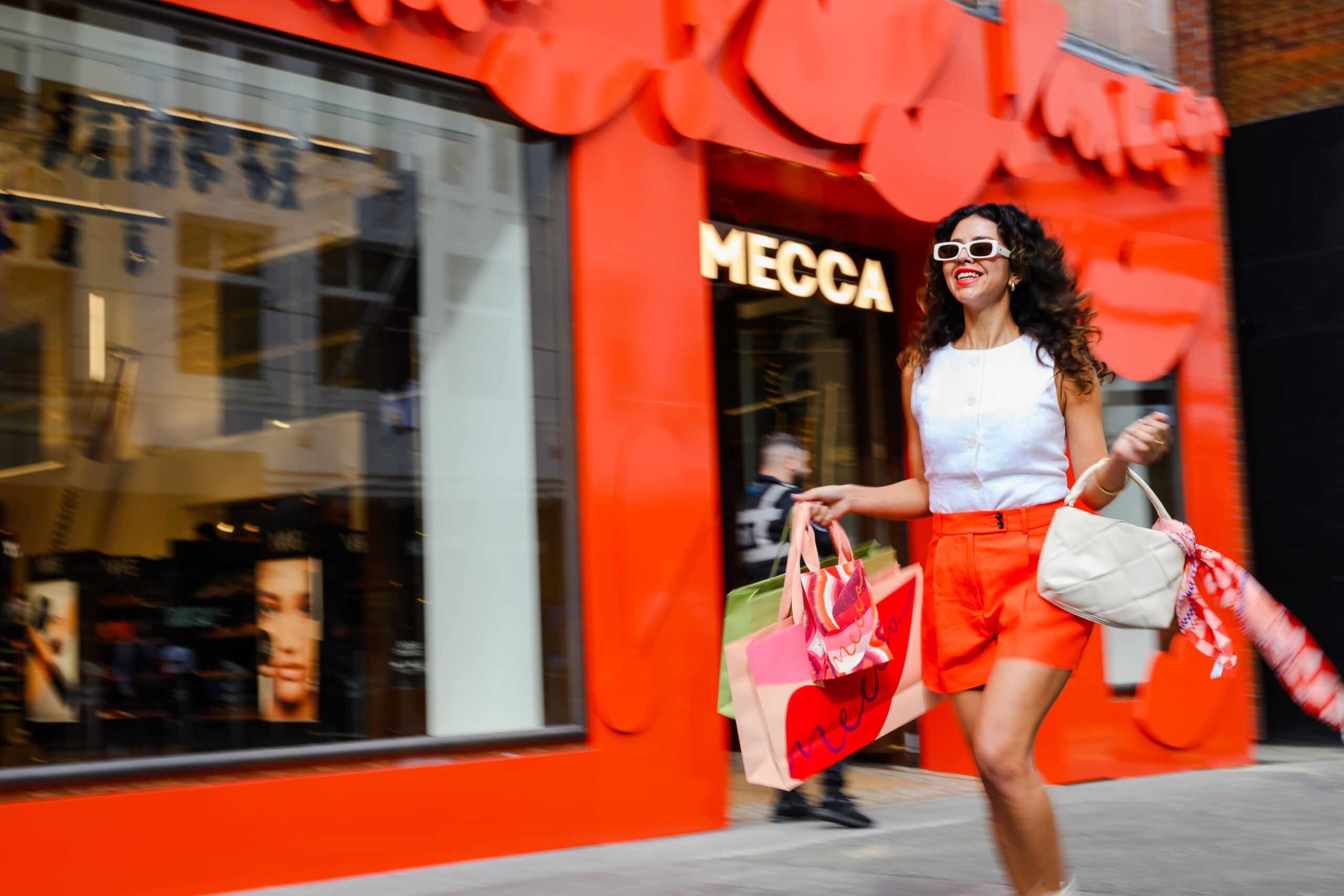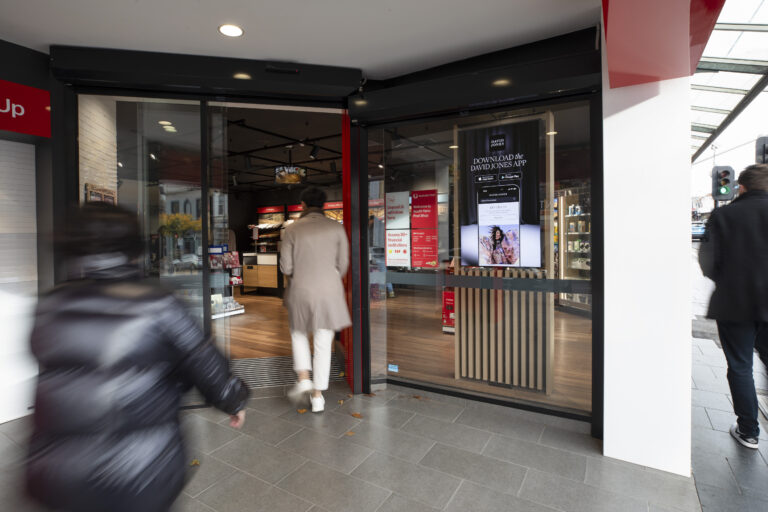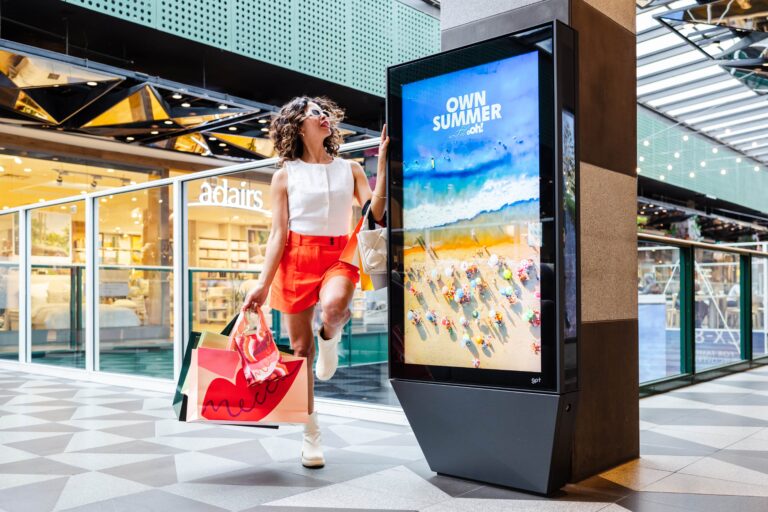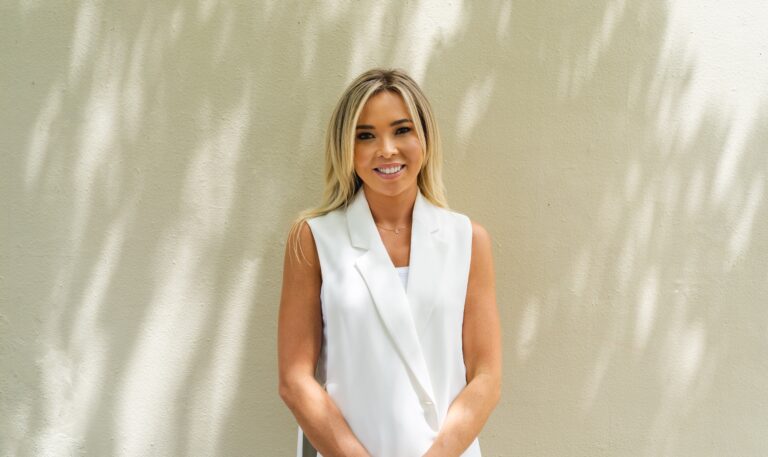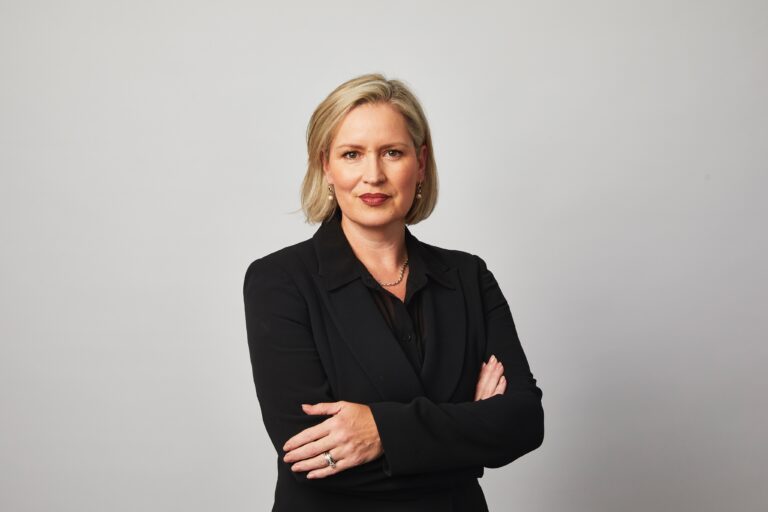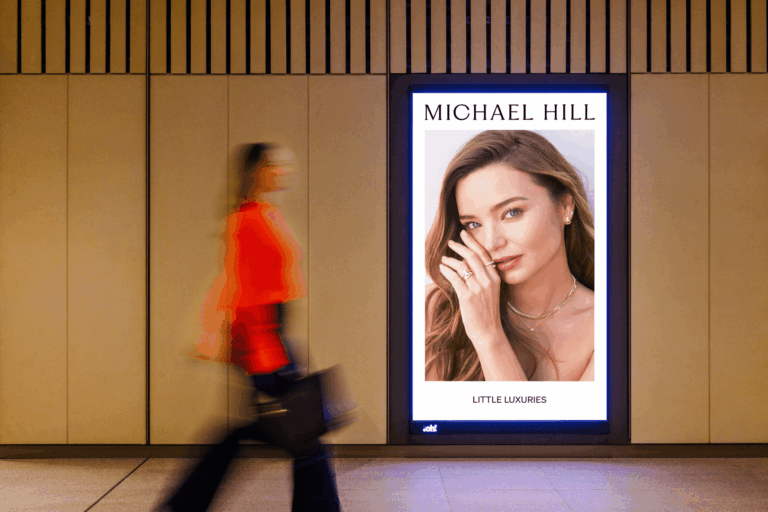As originally published in B&T.
Retail Out of Home is no longer a set-and-forget media buy. As retail spending in Australia soars past $436 billion and the number of retail OOH providers multiplies, marketers and agencies are facing a far more fragmented and complex landscape, writes Donna Tauro, national product sales director – retail, oOh!media.
Historically, buying retail Out of Home was relatively easy. With one major retail OOH provider, it was low touch, set and forget. A brand safe, contextually relevant environment, that operates middle to lower funnel. But things have changed, and marketers and agencies are now struggling to navigate this new operating environment.
Last year the total retail wallet in Australia hit $436 billion, an increase of over $10 billion from 2023. Planning retail OOH is an art form with huge upside for advertisers and agencies that do it well. It’s important to get it right.
Now with four major retail OOH suppliers, instore across two major supermarket chains, multiple data sets, stretched budgets and bandwidth, the focus has pivoted towards the basic metrics – getting the highest number of panels for the lowest price, rather than striving for optimal campaign result and ROI.
On top of this, there’s a requirement for every campaign to tick multiple boxes: reach; proximity; CPM; the highest number of retailers, but not at the cost of quality and with little care to the duplication of audience reach across the retail media ecosystem. These factors have ultimately led to a decline in the effectiveness of retail OOH.
There are more than 1,200 shopping centres in Australia with retail OOH options through either oOh!media, Cartology, Brandspace or VMO, and 20 per cent of these centres are shared, making it even harder to navigate. Each operator has a different make up of centres, different formats, differing panel and placement quality, and different real estate. Splitting share evenly across suppliers will result in audience duplication, lower reach, and ultimately lower ROI.
Effective planning across all 1,200+ centres would be impossible with the average budget and poor planning. Even if you could, why waste already stretched media dollars on low performing centres with low foot traffic, just because it ticks a retailer box? In simple terms, follow the consumer spend.
Retail OOH advertising has a very clear and understood role in the marketing funnel as an effective channel in cutting through and driving action close to the point of purchase. So how can agencies and marketers break through the noise, engage their audience and drive real outcomes? What should best practice in retail OOH planning look like? Having worked on both the agency and media operator side, here are three key principles I would advise to consider.

Principle 1: Plan for the centres driving the best campaign outcomes
Put simply, the centres with the most customers and the most sales. These centres support brands in reaching the most wallet opportunity overall, resulting in campaigns that deliver the strongest ROI outcomes.
With so many centres to pick from, simply having a priority retailer and a cost-effective panel rate is not enough. The best way to navigate the landscape is using Location IQ data to help identify and plan to the top 500 most powerful shopping centres first, before shifting focus to the lower 700 coverage centres, should budget permit.
Location IQ is an intelligence-based advisory firm providing strategic insights into location-based property decisions. Working with Australia’s leading retailers and property owners such as Woolworths, GPT, Dexus, Lendlease, AMP, Vicinity, and Scentre Group, they help inform major investment decisions. Location IQ data is trusted and robust, so much so, that it has been incorporated as one of the data sets powering MOVE 2 and oOh!’s been using it since 2018.
Principle 2: Be clear on the north star
Agencies and in turn publishers, are being pressured to deliver on multiple, and at times contradicting, KPIs—reach, CPM, but also proximity to and coverage of retailers. These metrics often butt against each other leading to a decline in ROI across the board.
If proximity is the goal, know that 100 per cent of campaigns that are designed around proximity will limit reach. In large retail centres, proximity panels alone won’t capture the full audience potential. Proximity should be used as the final touchpoint, not the only touchpoint. Broadcast placements are essential for priming audiences prior to the last opportunity to impact a sale outcome.
If reach is the objective, activate across all centre types—large, medium and small. Use as many unique centres and as many large centres as possible, remembering to plan to effective panel weights per centre, based on the size.
Importantly, every major retail OOH provider can provide cost effective reach. Know this and move on to other metrics that drives ROI. Stop relying on reach as the deciding factor alone, especially when in totality, it’s not a true reflection of campaign success.
Compounding this, there’s confusion in interpreting reach results and inconsistency in how results are delivered across retail OOH providers. We’re seeing inaccuracy in pre-and post- site lists, inconsistencies across suppliers on campaign duration, and limited rigour in evaluation, partly from stretched bandwidth and partly from lack of clarity. This can trip up even the most seasoned of Out of Home planners.
We know through our partnership with Analytic Partners that a combination of all centre types, particularly medium and large centres, plus a combination of in-centre broadcast and proximity panels, drives the best ROI outcomes.
Principle 3: Influence starts well before the aisle
The third consideration is the overall media mix that influences the full path to purchase journey of a consumer. Purchase consideration isn’t just about the last 10 feet. That territory is the battleground where price promotion, gondola ends, screaming kids and brand preference collide. Which is why we see through Analytic Partners data that in-store is only half as effective as in-centre campaigns.
Whilst bricks and mortar shopping remain the preferred choice for most Australians (close to 90 per cent), with evolving consumer preferences and technological advances, many consumers now adopt a hybrid approach—61 per cent of Aussie shoppers research online and spend in store within four days.
A combined small format approach – street, metro, office and retail – enables brands to capitalise on all shopping occasions and all shopping environments. This multi-format proposition is supported by Analytics Partners with studies showing that using multiple OOH formats drives stronger returns than just using single formats.
Marketers demand outcomes and that starts with smarter planning. Planning prioritises performance over parity, outcomes over optics and the real customer journey over box-ticking metrics. Retail OOH is powerful, but only when we respect the complexity of the landscape and plan accordingly.
It’s time to reset how we think about retail OOH, not as a volume game, but as a value driver.
